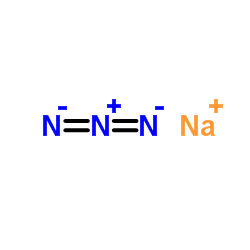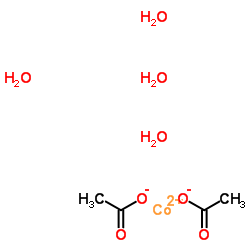| Structure | Name/CAS No. | Articles |
|---|---|---|
 |
Ethidium bromide
CAS:1239-45-8 |
|
 |
Sodium azide
CAS:26628-22-8 |
|
 |
Potassium bromide
CAS:7758-02-3 |
|
 |
cobalt acetate tetrahydrate
CAS:6147-53-1 |